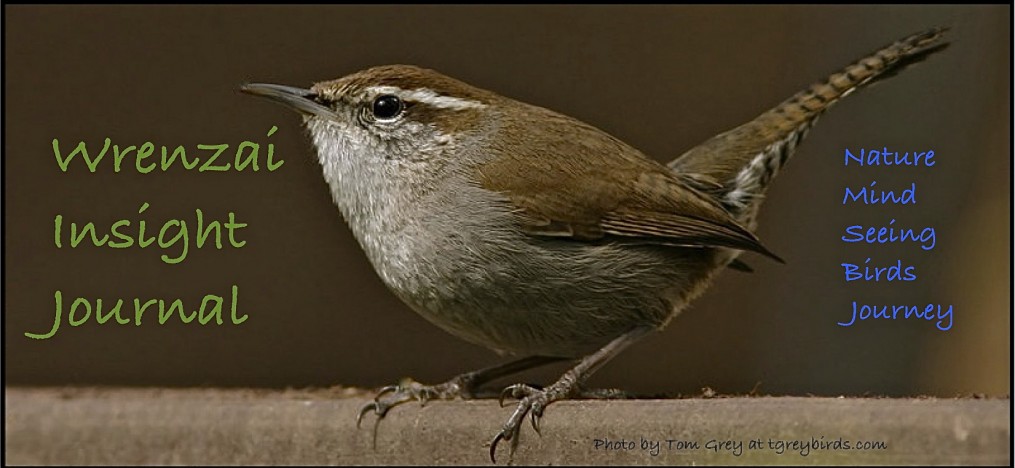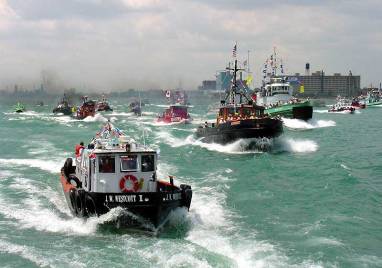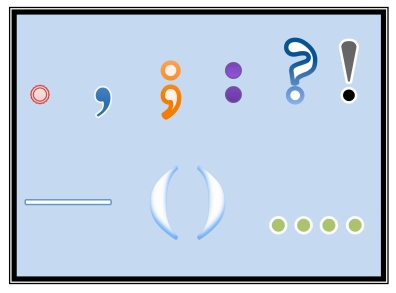What’s more seagoing than punctuation? Periods, commas, semicolons, colons, dashes, ellipses, parentheses, like tiny tugboats, push around the big ships of words and sentences in the harbor of an essay or article. Periods are the most powerful. They stop the biggest freighters of sentences from crashing into each other. Commas are the jacks of all tugs, guiding lesser vessels of phrases, clauses, and lists in amongst the piers of main ideas. Semicolons range somewhere between periods and commas in displacement and maneuverability; they balance or make parallel packet ships of closely moored clauses. Colons are like a captain with a megaphone, announcing with her ship’s arrival that there’s information to follow: bill of lading, passenger roster, or ship’s log, ready for inspection. Dashes—those dangerous dashes—like non-union work-boats, slip in to pick up a quick and dirty job—very easy to employ but may be a signal that the shipping company doesn’t know how to enlist the service of an authorized tugboat. Ellipses suggest a thought unfinished, like the wake after a ship, or indicate cargo missing from the laded deck of a quote (around which the pennants of quotation marks must fly; or the borrowed goods can rest suspended in the dry dock of blocks for closer scrutiny). Parentheses harbor asides (contraband or hideaways), words muttered under the breath between the captain and the dark figure of the reader on shore, who’s trying to make sense of the jumble in the harbor.
Note: “Tugboats of Punctuation” was previously published in Crosscurrents: Journal of the Washington State Humanities Association and in CORRelations: Newsletter of Center for Object Relations.


